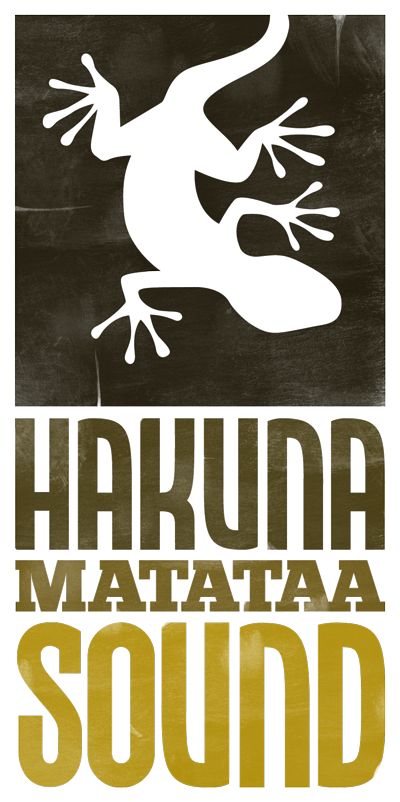
31 Jan Erotic Literature: Arousing the Imagination
Erotic literature, also known as „erotica,“ has been a part of human culture for centuries, providing a safe and imaginative outlet for readers to explore their sexuality. While it may share some similarities with pornography, there are important distinctions between the two.
At its core, erotic literature is a form of storytelling that uses explicit sexual scenes to drive the narrative and develop characters. The primary goal is not to arouse the reader in a physical sense, but rather to stimulate porn their imagination and emotions. Erotica often explores themes of desire, passion, and intimacy, and can be a powerful tool for self-discovery and personal growth.
Pornography, on the other hand, is typically focused on the visual representation of sexual acts. While it may also contain narrative elements, the primary goal is to arouse the viewer and provide instant gratification. Pornography often lacks the depth and complexity of erotic literature, and can perpetuate harmful stereotypes and attitudes about sex and sexuality.
One notable difference between erotic literature and pornography is the level of agency and consent given to the characters. In well-written erotica, consent is always present and is often a central theme of the story. Characters are fully realized and complex, with their own desires, motivations, and personalities. In pornography, however, consent is often assumed or ignored, and characters are often reduced to mere objects of desire.
Erotic literature can also serve as a safe space for readers to explore their fantasies and desires in a non-judgmental way. It allows readers to experience a wide range of sexual scenarios and preferences, without the risks and potential harm that can come from real-life experimentation. Through reading, individuals can gain a better understanding of their own desires and preferences, and can use this knowledge to enhance their own sexual experiences.
However, it is important to note that not all erotic literature is created equal. Like any form of media, the quality and content of erotica can vary greatly. It is important for readers to seek out well-written and thoughtful erotica, from reputable sources, and to be mindful of their own boundaries and triggers.
In conclusion, while erotic literature and pornography may share some similarities, they are ultimately distinct forms of media with different goals and effects. Erotic literature offers a unique and imaginative way to explore sexuality, providing a safe and consensual space for readers to discover their own desires and fantasies. As with any form of media, it is important for readers to be mindful of their own boundaries and to seek out high-quality and thoughtful erotica.





Sorry, the comment form is closed at this time.